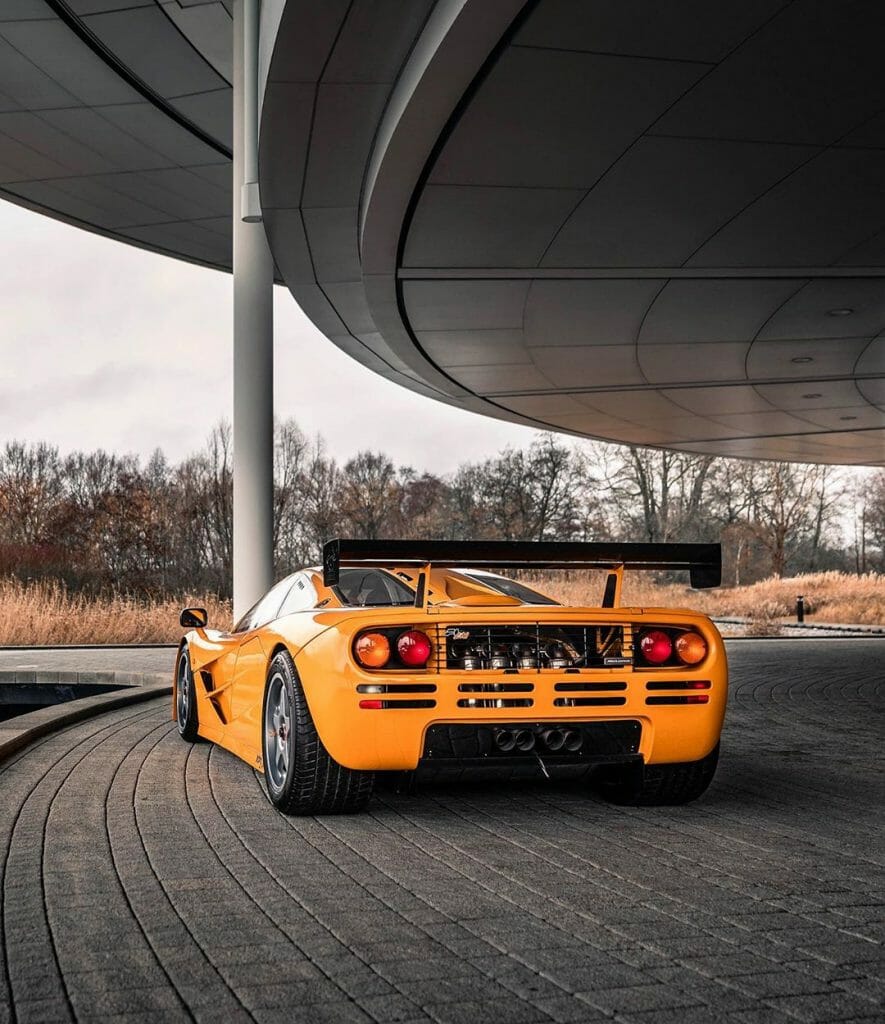Did you know that McLaren has its roots in New Zealand? Bruce McLaren, from Auckland, founded McLaren Automotive at the age of 26 in 1963 in order to compete with his own team at grand prix racing. Since then, the racing team has been one of the most successful teams in Formula One championship history. Unfortunately, Bruce died when his car crashed on the Goodwood Circuit in England on 2 June 1970 but his legend, his passion for fast cars and his obsession for perfection continued in one of the most famous car brands – McLaren.
15 years after Bruce’s death, British businessman and race car enthusiast, Ron Dennis, founded the McLaren Group in 1985 to expand business beyond the Formula One. Woking, Surrey, a town one hour away from London city center, has been the home of the McLaren Group and home of the McLaren supercars since then.
It all started with the McLaren F1. The car was initially only a concept but F1’s visionary, Gordon Murray, had one purpose – to build the perfect production sports car without any limitations. And since its introduction, the car remains one of the most desired cars for car collectors and enthusiast all over the world.
Why? First of all, the F1 is a very rare car to own. Only 106 cars were produced between 1992 to 1998 and only 64 of those were initially sold as road cars. (See the table below for an overview of all F1’s produced.) The F1 is a three-seater with vertical scissor doors where the driver’s seat is placed in the center of the car and two seats are in the backrow. The car is a lightweight – 1,138 kg based on a carbon-fiber coachwork. The motorsport division of BMW was assigned for the engine of the F1 and the Bavarians built a 672 PS strong V12 engine known as the BMW S70/2.
McLaren F1 LM
McLaren F1 LM
In 1998, the F1 even set the Guinness World Record for the world’s fastest production car which reached 386.4 km/h, breaking the record set in 1992 by Jaguar’s XJ220 with 349 km/h. McLaren’s record lasted until the Koenigsegg CCR surpassed it in 2005 but the number is still mind-blowing considering that the car was designed and engineered 28 years ago.
It was no surprise McLaren decided to put a modified version of the street-legal F1 on the race track and compete against purpose-built race cars like the Jaguar XJ220 or a Ferrari F40 LM. The F1 won several titles including the 1995 24 Hours of Le Mans. Since then, everyone in the automotive industry knows that McLaren is more than just Formula One.
In the pictures you see a special edition, the McLaren F1 LM (LM for Le Mans). This limited series consists of five special cars (+1 prototype that McLaren kept) which were built in honor of the five McLaren F1 GTRs which finished the 1995 24 Hours of Le Mans, including the winning car. They differ visually from the normal street legal car by the rear wing and some other smaller optical changes. Fun fact here: McLaren founder, Ron Dennis, promised Formula One driver Lewis Hamilton if he won two Formula One World Championship titles with McLaren, he would be allowed to purchase the famous Papaya Orange F1 LM Prototype. However, Lewis Hamilton left McLaren with his single World Championship title to drive for the rival Mercedes Formula One team in 2013 so the car still remains in possession of McLaren.
As you see the story behind the car and the brand is exceptional and the F1 reflects the personal success of Bruce perfectly. What a great homage to Mr. Bruce McLaren.
Summary
Brand:
McLaren
Model:
F1
Price:
Not officially released. Current market price USD 15 million to USD 20 million for a street-legal version. The special edition LM and GTR are priced higher.
Limitation:
106 units (71 road cars + 28 race cars + 7 prototypes)
When to drive:
Not too much. The car is a master piece that belongs in a nice garage/collection. But from time to time you should also show it off to your petrolhead friends.
What we love about the car:
The car was initially only a concept but F1’s visionary, Gordon Murray, had one purpose – to build the perfect production sports car without any limitations… and, let’s be honest, that’s exactly what McLaren did.
Photography: Cover Image Jerry Gu IG: @jgucars
Photography: All other pictures Zach Brehl IG: @zachbrehl



